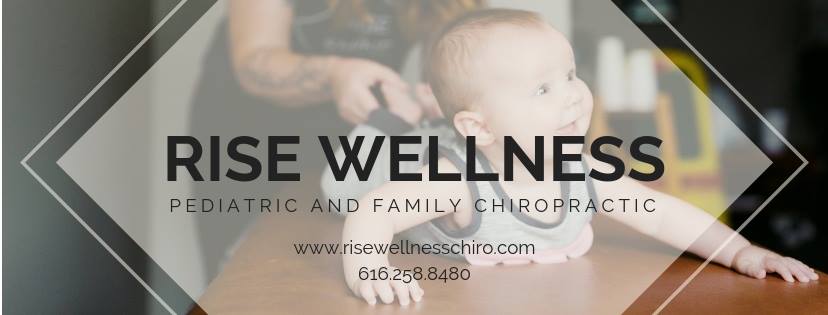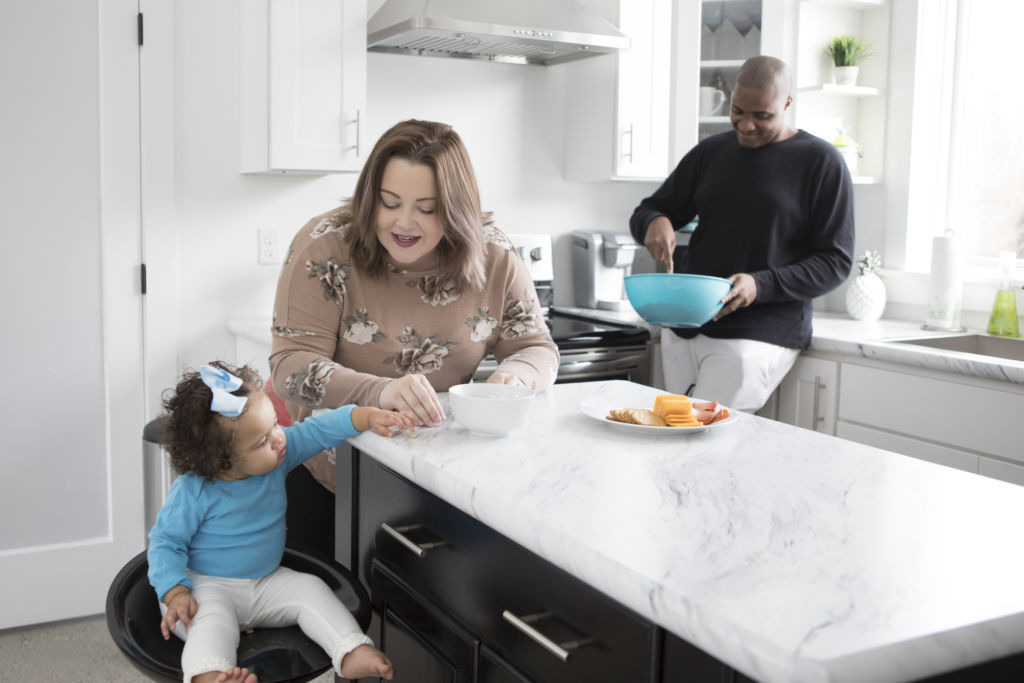Gaby’s Birth Stories: Podcast Episode #77

Gaby is a local business owner in Grand Rapids and talks to Alyssa about the birth stories of both of her children. You can listen to this complete podcast episode on iTunes or SoundCloud. Alyssa: Hi, welcome to Ask the Doulas podcast. I am Alyssa and I’m excited to be here with Gaby today. How […]
Jamie’s Breastfeeding Experience: Podcast Episode #76

Jamie Platt, Birth and Postpartum Doula with Gold Coast Doulas, tells us about three completely different breastfeeding experiences with her three children. This podcast was recorded over a year ago, and Jamie is now a certified lactation counselor. You can listen to this complete podcast episode on iTunes or SoundCloud. Alyssa: Hi, welcome to another […]
What’s the tongue have to do with breastfeeding? Podcast Episode #75

Hear two experts talk about the link between a baby’s tongue and breastfeeding. What are some signs of a tongue tie and what does that procedure even look like? Shira Johnson, IBCLC, and Dr. Katie Swanson, Certified Pediatric Dentist, give us some insight into breastfeeding a newborn. You can listen to this complete podcast episode […]
Car Seat Safety: Podcast Episode #72

Today we talk to one of Gold Coast Doulas’ Birth and Postpartum Doulas, Jamie Platt. She is a Certified Car Seat Technician and gives parents some helpful tips about what’s safe and what isn’t. You can listen to this complete podcast episode on iTunes or SoundCloud. Alyssa: Hi, and welcome to another episode of Ask […]
Podcast Episode #71: Bedrest Support

What the heck is an antepartum doula? Well, it basically means bed rest support for mothers who are high risk. But a bed rest doula can also help families that aren’t necessarily on bed rest. Maybe a mom needs help running errands, finding community resources, preparing for baby showers, putting away gifts, nesting! Listen and […]
Podcast Episode #70: Speech Delays and Sleep

Today we talk to Courtney of Building Blocks Therapy Services again about how speech delays affect sleep in older babies. It’s a short one, but packed with good information! You can listen to this complete podcast on iTunes or SoundCloud. Alyssa: Hello! Welcome to Ask the Doulas. I am Alyssa Veneklase, and I’m here with […]
Podcast Episode #69: Postpartum Fitness

Today we talk with Dr. Theresa, Chiropractor and BIRTHFIT Instructor in Grand Rapids, Michigan. We ask her about what’s safe for a pregnant and postpartum mom to be doing and why having a supportive tribe around is so important. You can listen to this complete podcast episode on iTunes or SoundCloud. Be sure to listen […]
Podcast Episode #68: Overnight Doula Support

Many of our clients and listeners don’t fully understand what overnight doula support looks like. Kristin and Alyssa, both Certified Postpartum Doulas, discuss the kinds of support their clients look for and how their team of doulas support families in their homes. You can listen to this complete podcast on iTunes or SoundCloud. You can […]
Podcast Episode #67: Dominique’s Sleep Story

One of Alyssa’s past sleep clients tells us her story about hiring an expert to solve her daughter’s sleep issues. She is honest about the fears she had going into it, the misconceptions and myths about sleep training that were dispelled while working with Alyssa, and how on the first day they saw improvement! You […]
Podcast Episode #66: Ear Infections

Today we talk with Dr. Annie and Dr. Rachel of Rise Wellness Chiropractic to learn more about ear infections. What are the signs in children and how can chiropractic care help? Can it also help adults? You can listen to this complete podcast episode on iTunes or SoundCloud. Kristin: Welcome to Ask the Doulas with […]
Podcast Episode #65: Annette’s HypnoBirthing Story

Today we talk with a previous HypnoBirthing student, Annette Beitzel, about her personal experience with HypnoBirthing at Gold Coast Doulas. Although she didn’t use it how she intended, it had an incredible impact on her pregnancy and birth experience. You can listen to this complete podcast episode on iTunes or SoundCloud. Kristin: Welcome to Ask […]
Podcast Episode #64: Pediatric Dentistry and Speech Therapy

What do tongue ties, lip ties, oral aversions, and picky eaters have in common? Everything! Listen as two experts talk about how pediatric dentistry and speech therapy are both helping parents discover ways to help their children. You can listen to this complete podcast on iTunes or SoundCloud. Alyssa: Welcome to Ask the Doulas. I […]
Podcast Episode #63: What is a Speech Therapist?

We’ve all heard of a speech therapist but what do they actually do? In this episode, Courtney Joesel of Building Blocks Therapy Services tells us how speech and language services can benefit a child and why, if you notice signs of speech delay, it’s important to have your child seen earlier rather than later. She […]
Podcast Episode #62: Newborn Traumas

What is birth trauma and do all babies experience it? How can you remedy it? Dr. Annie and Dr. Rachel of Rise Wellness Chiropractic give us several examples of common birth traumas, what they mean, and how chiropractic care can help. You can listen to this complete podcast episode on iTunes or SoundCloud. Kristin: Welcome […]
Podcast Episode #61: Postpartum Wellness

Dr. Erica of Root Functional Medicine gives moms some tips about staying healthy through pregnancy and into the postpartum period. We also talk about her upcoming Postpartum Wellness class on March 7. You can listen to this complete podcast episode on iTunes or SoundCloud. This podcast episode is sponsored by LifeFuel, providing healthy meal delivery […]
Podcast Episode #60: A Naturopath’s Perspective on Pregnancy and Depression

Doctor Janna Hibler, ND talks to Alyssa and Kristin about how a naturopathic doctor treats pregnant and postpartum women, body and mind. You can listen to this complete podcast episode on iTunes and SoundCloud. Alyssa: Hello, welcome to Ask the Doulas podcast. I am Alyssa Veneklase, co-owner of Gold Coast Doulas, and I am here […]
Podcast Episode #59: Healthy Living For Preconception, Pregnancy, and Beyond

Laura from Real Food Wellness talks with us today about how she helps women through preconception, pregnancy, and postpartum with healthy living, mind and body. You can listen to this complete podcast episode on iTunes or SoundCloud. Kristin: Welcome to Ask the Doulas with Gold Coast Doulas. I’m Kristin, and today, we have […]
Podcast Episode #58: Sleep Misconceptions

Gentle Sleep Consultant, Alyssa Veneklase, talks about the most common misconceptions around sleep training. If your baby sleeps through the night will your milk supply dry up? Can a baby really self-soothe? Will my baby feel abandoned? You can listen to this complete podcast on iTunes or SoundCloud. Kristin: Welcome to Ask the Doulas with […]
Podcast Episode #57: Sleep Consultations

Today we talk to Co-Owner of Gold Coast Doulas, Alyssa Veneklase, about sleep consultations. She talks about some common misconceptions and why her consultations are different. She says each sleep plan is unique and based on the individual family’s goals. Who knew you could still breastfeed and co-sleep if you want, all while getting […]
Podcast Episode #56: Traveling Postpartum Doulas

Will a postpartum doula travel? Yes, at Gold Coast they do! Today we talk to Kelsey Dean, a Certified Birth and Postpartum Doula, about her experience in California and in Michigan traveling with families as a postpartum doula and what that looks like. You can listen to this complete podcast episode on iTunes or […]
Podcast Episode #55: What Sets Gold Coast Doulas Apart?

What sets Gold Coast Doulas apart? Today Dr. Rachel of Rise Wellness asks us why she should refer her clients to us. She already knows she loves us, but why should everyone else? You can listen to this complete podcast on iTunes or SoundCloud. Kristin: Welcome to Ask the Doulas with Gold Coast Doulas. […]
Podcast Episode #54: What to Pack in your Birth Bag

Today Alyssa and Kristin talk to Dr. Rachel of Rise Wellness about what she packed in her birth bag. It’s one of the most common questions we are asked by birth clients. Find out what to bring and what you can leave at home! You can listen to this complete podcast episode on iTunes […]
Podcast Episode #53: Ashley’s Story – Why I Became a Doula

Today Ashley Forton, Certified Birth Doula and HypnoBirthing Instructor, talks about why she became a doula and different ways a doula can support a pregnancy. She tells us what a gentle cesarean looks like and why she, as a doula herself, hired a doula for her third child. You can listen to this complete […]
Podcast Episode #52: Meal Planning for Busy Parents

Ever wondered about all those meal delivery services? Are they worth the money? Will they save you time and money? Today we talk to Carrie, a client who uses a local meal delivery service, and Genevieve, the owner of Life Fuel. You can listen to this complete podcast on iTunes or SoundCloud. Alyssa: Hello, […]

